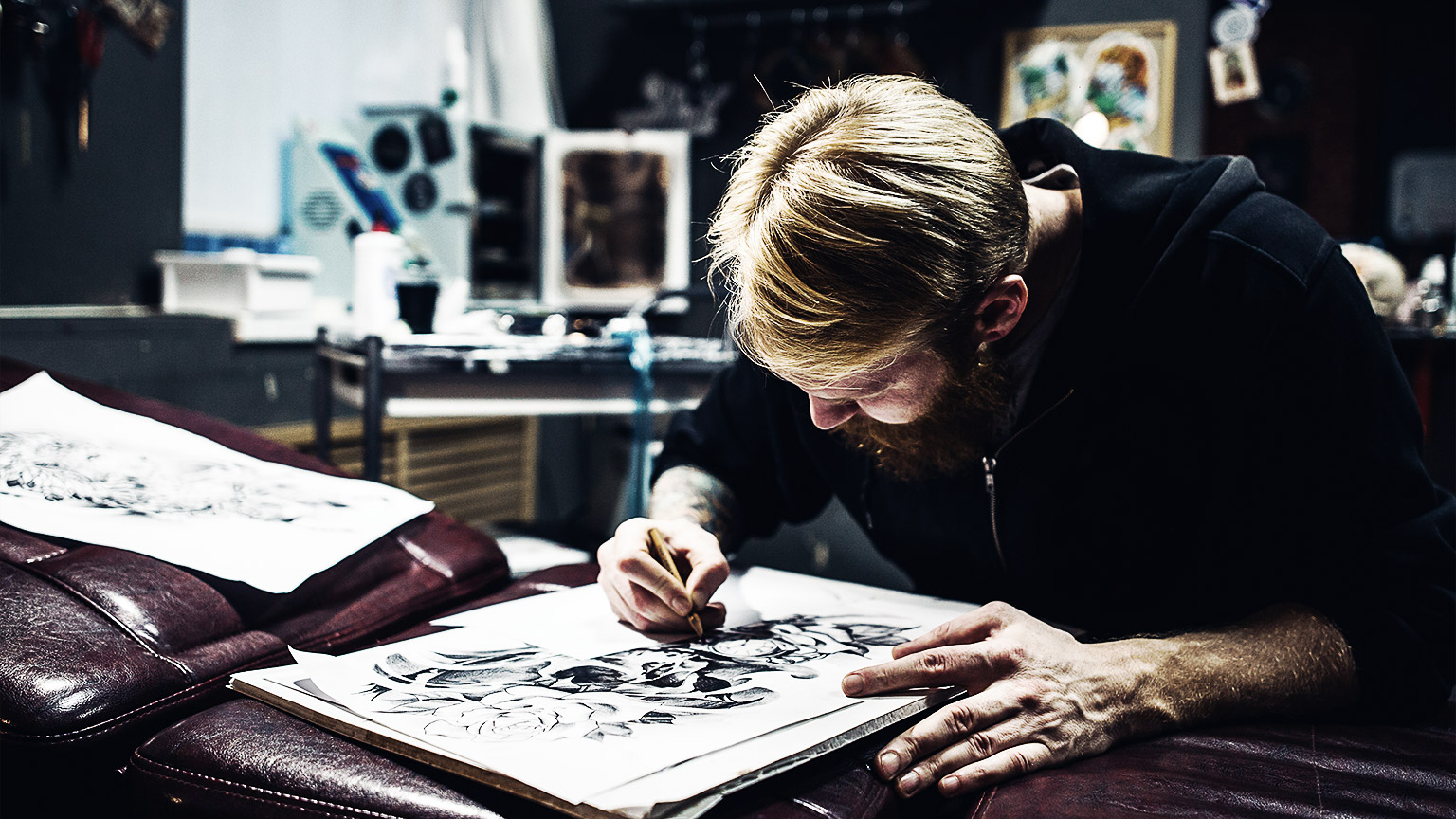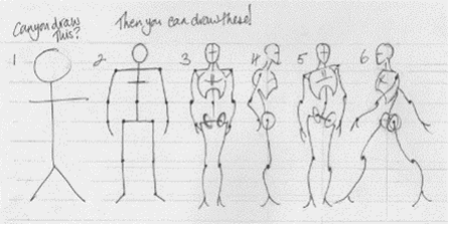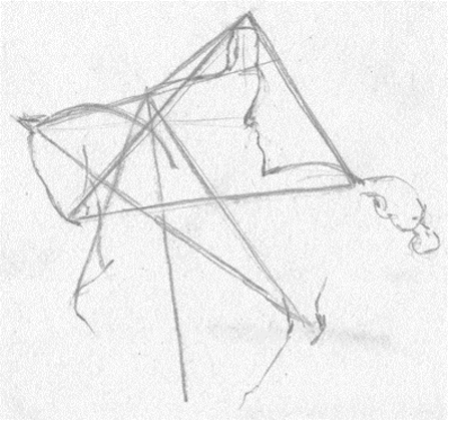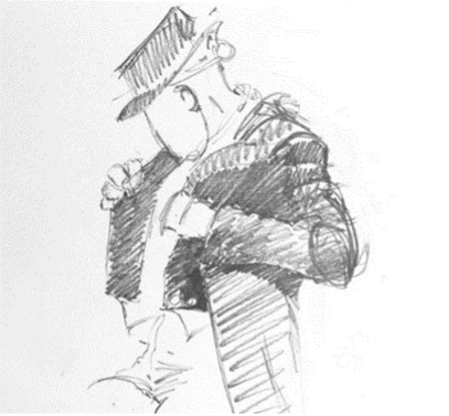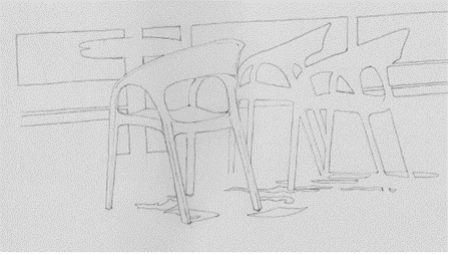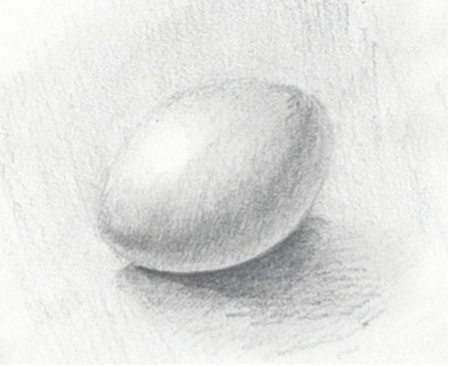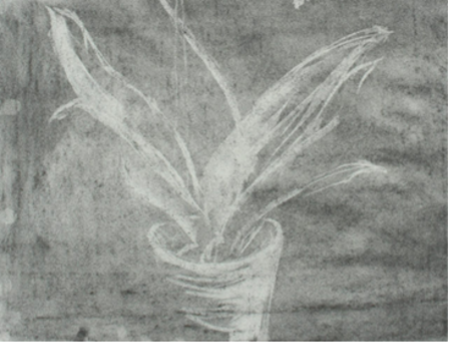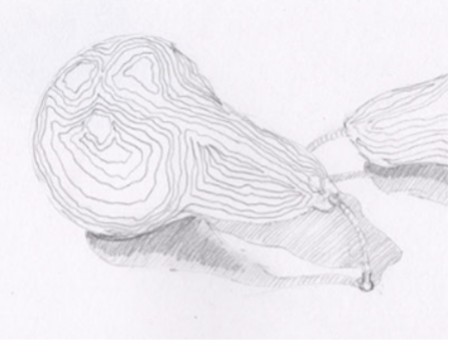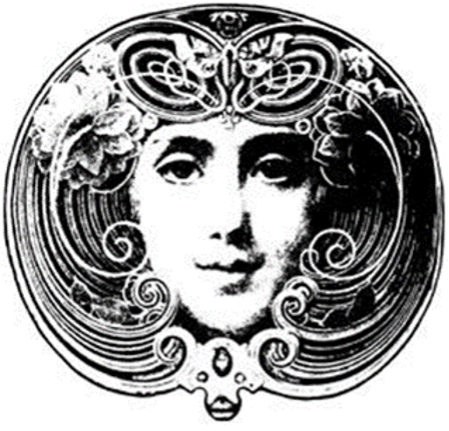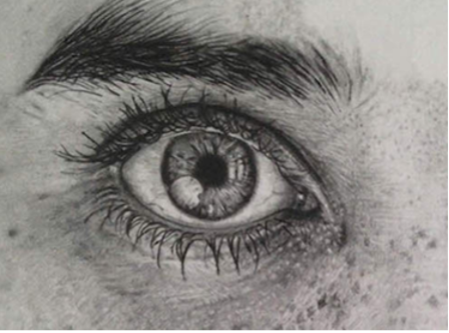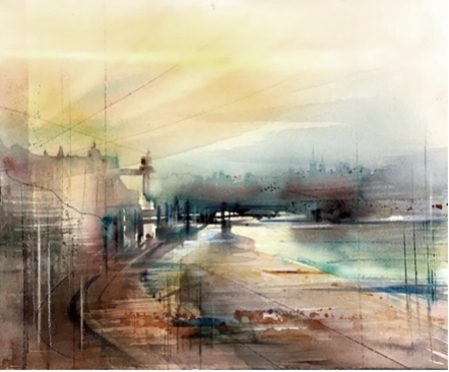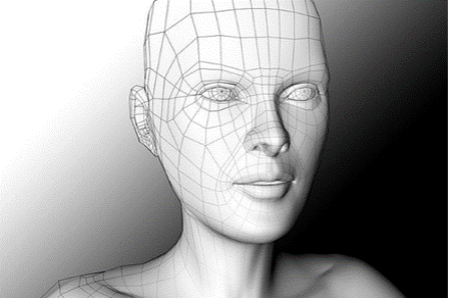Welcome to topic 2 – Evaluate the role of drawing in professional practice. The purpose of this topic allows you to analyse drawing and visual representation tools to decide on how they could benefit your own practice. You will explore different drawing approaches and techniques and the many tools you might use to create various effects. You will examine common barriers that designers face in drawing and how to overcome them.
You will be introduced to the following topics:
- Investigate drawing and other visual communication devices, ideas and problem-solving tools for professional practice
- Evaluate how different practitioners use different tools and make links to own work • Examine and challenge own barriers to drawing
- Determine the ways in which drawing and other visual representation tools could be used to support own practice
Describe different approaches to drawing and visualising
It is important that you are able to describe different approaches to drawing and visualising. ‘Drawing’ and ‘visualising’ involve creating images on a surface (e.g. a piece of paper, a canvas, a computer screen, etc.). The broad aim of drawing and visualising is to communicate an idea.
There are two broad approaches to drawing and visualising, as outlined following:
- Manual approaches – or, developing creative work by hand, using physical tools/ equipment. Manual approaches to drawing and visual communication are the focus of this unit
- Electronic approaches – or, developing creative work using a computer and software. If you are required to use electronic approaches to drawing, you will study these in other modules.
Describe drawing techniques and their roles in generating ideas or problem-solving
There are multiple different techniques for drawing and visualising, and each of these has a different role in generating ideas or problem solving in professional practice. Consider these examples:1
| Drawing Technique | Role/s in Generating Ideas or Solving Problems |
|---|---|
|
Construction (shape-based) drawing
|
This technique reduces the complex forms in a drawing to simple shapes – in particular, simple squares, rectangles, circles and ovals, etc. It is a particularly useful technique for drawing large objects which are comprised of smaller shapes. |
|
Keyline (armature) drawing
|
This technique involves basing the drawing of a human (or animal) body on the underlying skeletal anatomy. It is a particularly useful technique for drawing gesture and movement. |
|
Engineering (mechanical) drawing
|
This involves a more structured approach to drawing, where the objects drawn are carefully positioned and proportioned. It is a particularly useful technique for drawing static, manufactured objects, such as buildings, etc. |
|
Linear drawing
|
This involves using lines to show movement and layers in the object being drawn. It is a particularly useful technique for drawing complex forms when you are depicting layers, shadows, movement, depth, form texture, etc. |
|
Negative space drawing
|
This involves drawing ‘negative space’ – that is, the area and shapes outside the main mass of the object you are drawing. It is a particularly useful technique for drawing static, manufactured objects. |
|
Scribble drawing
|
This involves drawing with a scribbling movement, and building tone and texture by overlaying scribble marks. The marks may be random, or they may follow the direction or mass of movement. The pen/pencil maintains contact with the paper during the whole of the drawing. It is a particularly useful technique for drawing natural and moving objects. |
|
Tonal drawings
|
This involves drawing without a clear outline of the object; rather, shading is used to create light and shadows and depict the shape. It is a particularly useful technique for drawing objects tonally. Use a graphite pencil or similar. |
|
Subtractive drawing
|
This involves creating shapes by subtracting colour, typically from paper covered in charcoal dust or similar material. It is a particularly useful technique for drawing objects tonally. |
|
Plane drawing
|
This involves drawing an object’s different planes, or levels. It is a particularly useful technique for drawing objects which will later be coloured (e.g. painted), as objects are typically coloured according to their planes. |
|
Abstract/no-representational drawing
|
This involves communicating ideas using shape, line, value, colour and/or texture. It is a particularly useful technique for drawing abstract concepts, rather than set objects. |
|
Art nouveau drawing
|
This involves creating drawings that are illusionistic but primarily flat, highly pattern- driven, and usually incorporate fluid lines. It is a particularly useful technique for drawing gesture and movement. |
|
Realist drawing
Barnes, S. (2018). New to Drawing? Make Sure you Know these Basic Techniques Before you Start. Web. 18 December 2020. https://mymodernmet.com/basic-drawing-techniques/ |
This involves drawing convincing representations of reality. It is a particularly useful technique for if you need to use drawings to communicate ideas with accuracy. |
|
Surrealist drawing
|
This involves drawing dreamlike and sometimes startling works based on pure imagination. It is a particularly useful technique for drawing purely creative and artistic works. |
Describe visual communication devices and their roles in generating ideas or problem-solving
In addition to drawing, there are multiple other visual communication devices and, again, each of these has a different role in generating ideas or problem solving. Consider the following examples:
| Visual Communication Device | Role/s in Generating Ideas or Solving Problems |
|---|---|
|
Drawing and colouring with media other than pens/pencils
|
You may use a variety of alternative media to develop creative works, including charcoal, crayons/conte, ink, pastels, etc. This is a particularly useful technique for drawings which require additional colour and texture. |
|
Painting
|
You may use a variety of different types of paints, including acrylic paints, oil paints and water colours/gouache, etc. Again, this is a particularly useful technique for drawings which require additional colour and texture. |
|
Using electronic drawing programs
|
Remember: this involves developing creative work using a computer and software. This is useful when creating work which is easy to modify and share, to be modelled in 3D, and which requires a high degree of accuracy. |
Describe the physical properties and capabilities of a wide range of tools used in drawing and visual representation
When creating drawings and other visual representations, you will use a wide range of tools and pieces of equipment. It is important that you are able to describe the physical properties and capabilities of the various tools and equipment you use. Consider the following common examples:
| Tool or Equipment | Physical Properties | Capabilities |
|---|---|---|
|
A machine which uses air pressure to apply lacquers, paints, inks, varnishes, shellac, and other finishes | To apply paint to a surface (typically metal, wood, stone, clay, porcelain, plastic, glass, textiles, and cardboard) |
|
All paintbrushes consist of bristles clamped to a handle. However, there are multiple different sizes, shapes, and bristle materials, used for different purposes / to achieve different effects. The bristles can be synthetic or natural which is usually more expensive and is made from hog hair. | To apply paints, inks, and other liquid materials, such as varnish, and to blend or apply a wash |
|
A tool that grips an object, to hold it in place or to hold it against another object. | Used to hold a piece of art or design work, temporarily or permanently on an easel or a drawing board |
|
There are a variety of different types of cutting blades, including retractable trimming knives (where the blade retracts into the tool when not in use), scalpels, and scissors. | Used to cut different materials or mark making such as on a Lino cut for example |
|
There are a variety of different types of electronic equipment and accessories, including various software programs, which you can use to support your drawing activities (e.g. by recording design ideas, developing draft drawings, etc.), or to create drawings. | Depending on the equipment and accessories used, and the artist’s skills, various effects can be achieved. Think of the software such as Adobe Photoshop and Illustrator |
|
There are a variety of different types of paper, comprised of different materials, and with different weights, textures and colours. Regardless of your drawing needs, your selection of paper needs to be accurate | Drawing materials are applied to papers using various techniques and materials |
|
||
|
A tattered piece of cloth material, often torn from a larger piece of material. The most useful rags for artists are those comprised of natural cotton or cotton-blend materials | From wiping blending/shading to wiping away excess / waste materials and drying media, a cloth is an important part of an artist's compendium |
|
A tool made of a flat plate, with a plastic or wooden handle. The plate may be comprised of stainless steel, plastic, or a similar material. There are a variety of different types, including sizes, of plates on scrapers and spatulas, to suit the artist’s needs. Oil paints are often applied to a stretched canvas with a type of spatula known as a trowel | Use to smudge and blend materials; used to remove upper layers of material; soften or harden lines. |
|
A soft, light, porous and highly-absorbent material. Sponges may be natural (the fibrous skeleton of an aquatic vertebrate also known as a sponge), or synthetic (comprised of pulp or hemp). | Use to smudge and blend materials; used to remove excess liquid from media. |
Evaluate how other practitioners use different tools
It is important to evaluate how other practitioners use different tools and pieces of equipment in their drawing or visual representation work. The purpose of this activity is to make links to your own work – that is, determine if the tool or piece of equipment could be used in a similar (or, perhaps, different) way in your own work, to create the desired effect. When using others’ work to inform and inspire your own, ensure you comply with relevant intellectual property and copyright requirements.
You can evaluate how other practitioners use different tools in a variety of ways – consider this:
- By looking at examples of others’ work online, in textbooks, in galleries, etc.
- By asking different practitioners about the tools they use; you can do this directly if this option is available to you, or otherwise view videos on sharing sites such as YouTube®
- By observing practitioners developing creative works, and taking note of the tools they use
- By experimenting with different tools and equipment, to see how you can create the different effects you observe in others’ creative works.
Examining barriers to drawing
A person may have one or more barriers which prevent them effectively developing drawing work, or which limit the way in which they do so. In this case, a ‘barrier’ is the preventative or limiting factor. It is important to carefully examine your own barriers to drawing – for example, by:
- Reflecting on the origins of a barrier. For example: if your barrier is that you believe you cannot draw, you may have been told this by a parent/teacher/colleague/friend, etc.
- Asking yourself if a barrier is an accurate representation of reality. For example: if your barrier is that you lack experience with drawing, you should ask yourself if this is true: it is highly unlikely that you will have never drawn (doodled, sketched, traced) anything
- Determining how the barrier might negatively impact on your drawing work. For example: if your barrier is that you have had previous bad experience/s with drawing, or that you fear your drawing will be a ‘failure’, you might be reluctant to even start or try drawing work
Challenging barriers to drawing
It is then important to challenge barriers, so that these do not prevent or limit you developing drawing work. Consider the common barriers outlined following, and strategies to challenge these:
| Barrier to Drawing | Strategies to Challenge |
|---|---|
|
|
|
|
|
|
|
|
|
|
|
|
Which of these common barriers have you personally faced? How did/will you overcome them?
It is important to determine the different ways in which drawing and other visual representation tools could be used to support your own practice. This will enable you to use drawing and visual representation tools more effectively in your work. How these tools can be used to support your practice ultimately depends on your work context, your role and the types of tasks you perform.
However, generally, these tools can be used to support your practice by:
- Enhancing your own perceptions of form and space, etc.
- Enabling you to gain a commercial advantage by communicating your ideas more effectively
- Allowing you to refine and adapt your ideas more efficiently
- Supporting you to resolve technical problems in your creative work
There is not only one way to draw to express talent. Different techniques and artistic practices have evolved enormously over time. From primitive art to realistic still life, through engraving, comics or contemporary art, among others, there is a multitude of styles from which modern artists still draw their inspiration.2
Adapted from The art of education. A brief history of drawing. N.D. Accessed at https://uploads.theartofeducation.edu/2015/11/Drawing-timeline.pdf
The first men made their art and their drawings directly on rocks and walls, using colours from natural elements. The drawing had to adapt to the surface with tools as rudimentary as one's own hand, or other rocks and sticks dipped in colour.
Ancient Egypt
With the creation of papyrus in Ancient Egypt, a first evolution took place. These sheets, made from plants, allowed the development of real writing and drawing tools, with a primitive brush, dipped in a natural ink, allowing to write and draw more precisely.
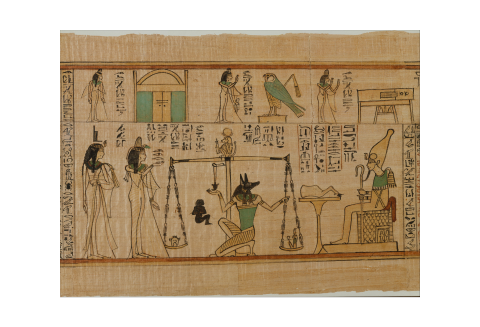
Met Museum. Book of the Dead for the Chantress of Amun Nauny. ca. 1050 B.C. https://www.metmuseum.org/art/collection/search/548344
Middle Ages
From the beginning to the middle of the Middle Ages, the drawing is more realistic. We begin to glimpse the effects of shadows made with hatching, but also the birth of perspective, which will be developed at the end of this era. The proportions of the bodies still seem uncertain in some respects, but the details become more precise, with draping effects on clothes, or the movements which are also more varied in the poses of the characters.
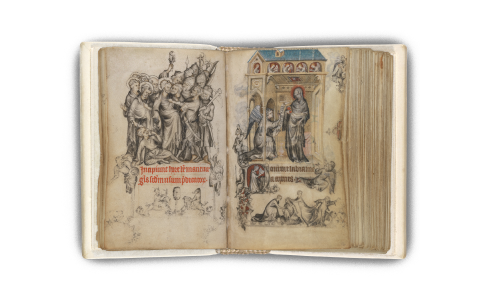
Pucelle, Jean. The Hours of Jeanne d'Evreux, Queen of Franceca. Met Museum. 1324–28. Accessed at https://www.metmuseum.org/art/collection/search/470309
On the books considered as the most precious, the texts are decorated with numerous illustrations, entering the category of decorative arts. It was a means of communication for preachers, and the drawing school was mainly reserved for religious people.
The Renaissance
The end of the Middle Ages brought a revolution in the way of drawing. The teaching of arts was extended outside the Church, and an evolution of thought, as well as new tools such as graphite, charcoal or the black stone pencil, led to the evolution of drawing and painting. The focus shifted from decorative, religious art to human-centred creations.
The great art schools of the time followed this philosophy, and the learning of drawing was done more and more around live models, in order to perfect one's pencil strokes, to paint and draw realistic sketches. Shadows, depth, perspective and the search for perfect proportions were at the centre of the approach of this period.
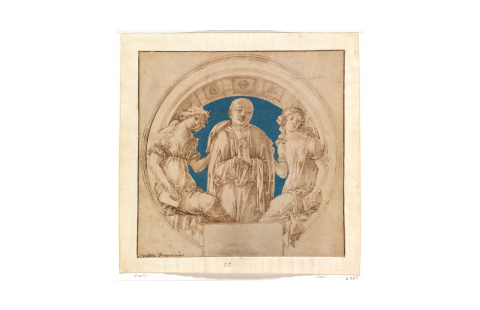
di Giorgio Martini, Francesco. Design for a Wall Monument. Met Museum. ca. 1490. Accessed at https://www.metmuseum.org/art/collection/search/459185?&exhibitionId=%7b3d9c38ab-9b55-4695-b283-c89470bc9631%7d&oid=459185&pkgids=253&pg=0&rpp=20&pos=20&ft=*&offset=20
The 17th to the 20th century
With the appearance of graphite, drawing became popular across a broader social class. New styles, such as impressionism and post-impressionism, emerged. The human being will be represented less and less in a romantic way, and the elements of everyday life will be more and more at the centre of the sketches of the draftsmen.
Modern painting will break the codes during the 19th and 20th centuries, with an innovative painting, sometimes abstract, and drawing will take its place as a major art by developing, especially in the press, but also in comics and manga.
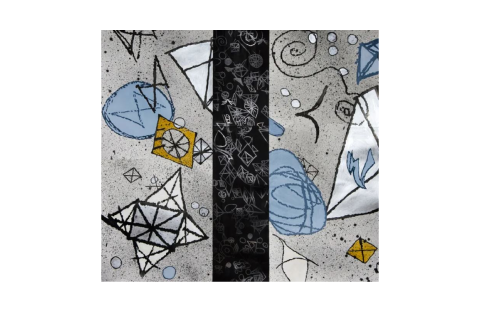
Arch, Adria. Constellation 1. Artists network. N.D. Accessed at https://www.artistsnetwork.com/art-inspiration/what-is-abstract-art/
